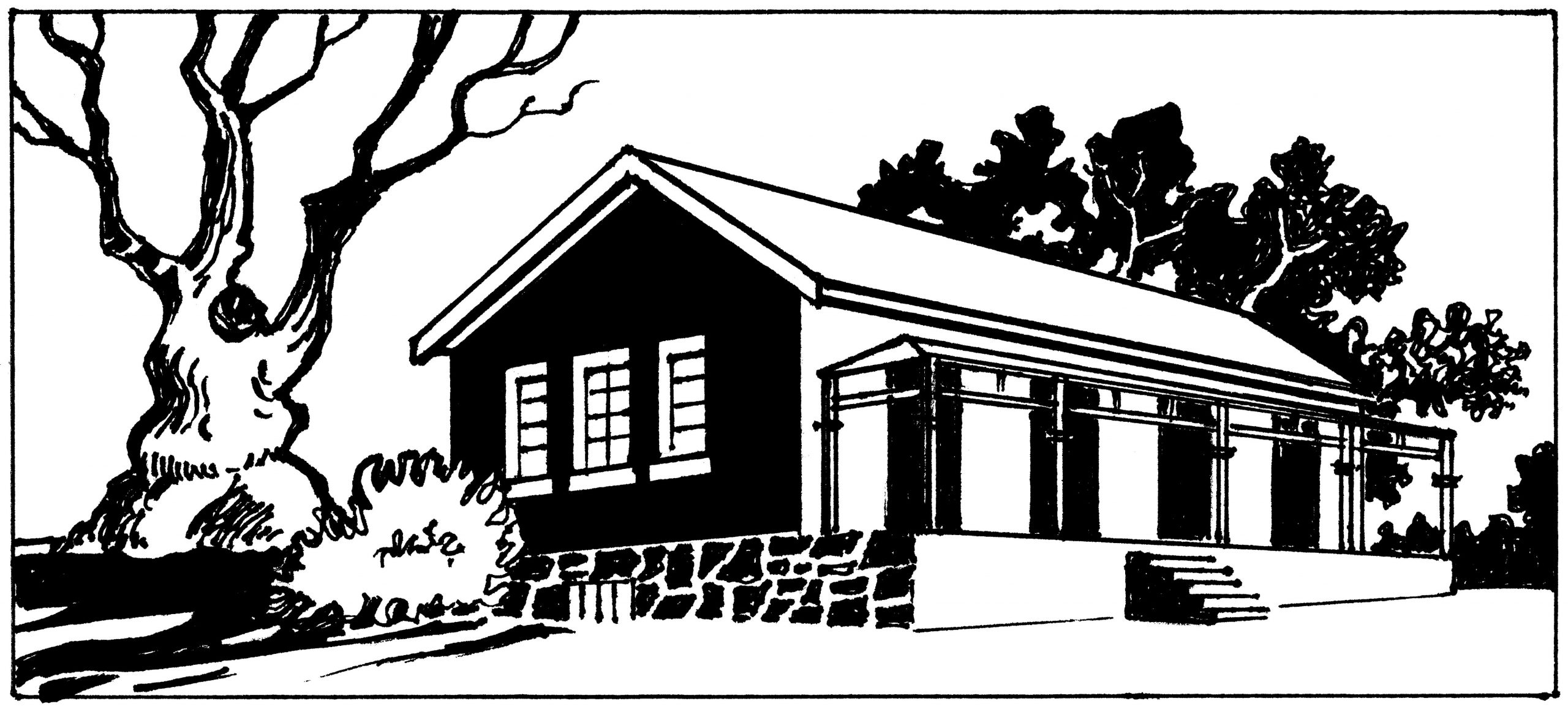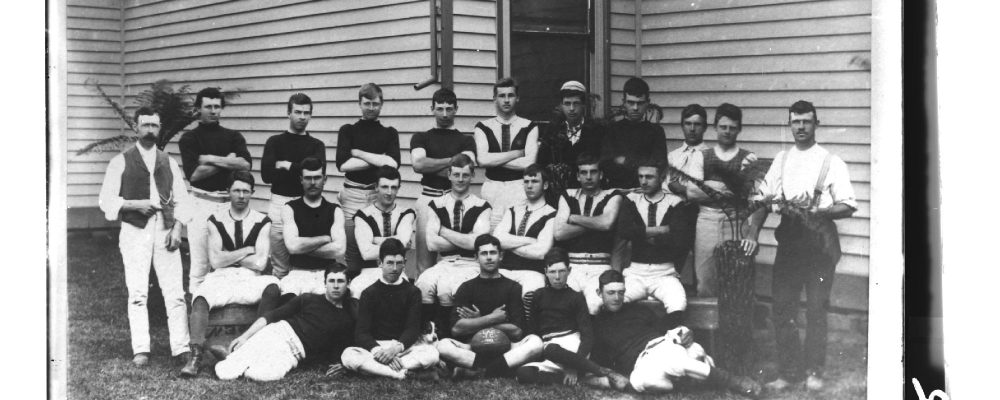Mining brought with it a demand for a night life. A walk through modern Castlemaine will show a moderate number of operating hotels, but many more which have been repurposed. The number of licensed premises was greatly reduced in the late 19th and early 20th century. It was Harry Lawson the Castlemaine born premier of Victoria who made 6 o’clock closing permanent, for the next 50 years, at the end of World War 1. The visitor will not see the alcohol sellers who operated from unlicensed premises, even tents. The pressure on alcohol sales by organisations pushing eventually for total prohibition was strong, especially in Castlemaine supported by the Wesleyan churches established by the Cornish and Welsh miners and their families who dominated the local diggings. This created one of the strongest tensions in the Castlemaine goldfields as these same miners drank heavily in hotels opposed by teetotal and religious organisations.
The bust of Premier Lawson is beside one hotel and faces the site of one that was demolished (now a bank). It is just 150 m from the site of the Mechanics Institute (now the Library) which was founded to offer education instead of drinking. It was faced by hotels across the road. The conflict was central in Castlemaine in the late 19th century.
The Theatre Royal was another feature of Castlemaine and its gold-rush nightlife, established in 1854 as a live theatre. The original canvas walled structure burned down in the same year. A more permanent structure was built a year later and of course Lola Montez performed there, but there was no horsewhipping of the local newspaper editor in Castlemaine. This live venue was gutted by fire in 1887 but was rebuilt and hosted musical performance and plays until after WW1 modifications were made to allow showing of silent films. Since then changes have been made, converting its appearance to art-deco when the adjacent Royal Hotel was demolished in 1938. Sound film projection was included in the update. The theatre still operates and holds the claim to being oldest continuously operating theatre on the mainland. Hobart’s Theatre Royal is significantly older.
Another Castlemaine organisation also makes a claim to significant age: the Football & Netball Club. The football club is the second oldest Australian rules club dating from 1859. Only Melbourne is older. Many of its players went on to play in the VFL/AFL. One name will stir memories. Ron Barassi Sr played for Melbourne 1936-40, in a career cut short by his death a year later at Tobruk. His son with the same name began his career at Melbourne in 1953.
Deep mining was attempted, with some success, when the alluvial resources were exhausted. The Wattle Gully Mine was the last operating, beginning successfully in 1937 and continuing operations till 1969. Meanwhile other industries were developing in Castlemaine.

